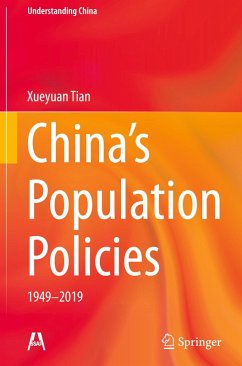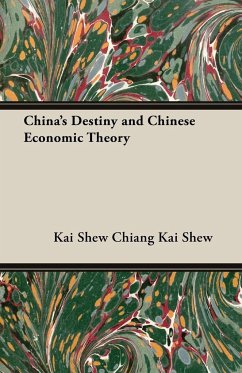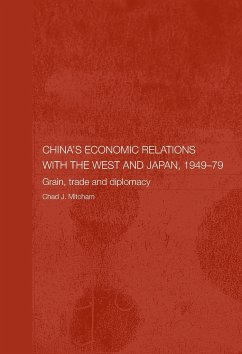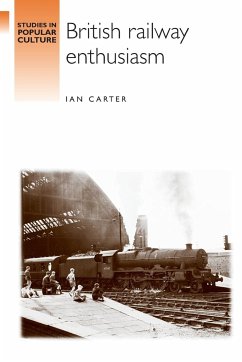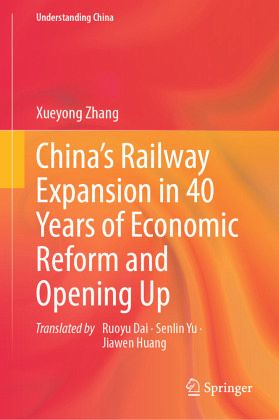
China's Railway Expansion in 40 Years of Economic Reform and Opening Up

PAYBACK Punkte
57 °P sammeln!
This book is the result of a decade of rigorous study on the interplay between the Chinese railway system and national social progress. It examines the reform, opening up, innovation, and development of Chinese railways over the past 40 years.This book traces the evolution of the role played by the Chinese railway sector initially as a bottleneck in the national economy to the present vital engine of growth, highlighting its journey of restructure and transformation. The target audience includes general readers interested in China s modern history as well as the development of the Chinese rail...
This book is the result of a decade of rigorous study on the interplay between the Chinese railway system and national social progress. It examines the reform, opening up, innovation, and development of Chinese railways over the past 40 years.
This book traces the evolution of the role played by the Chinese railway sector initially as a bottleneck in the national economy to the present vital engine of growth, highlighting its journey of restructure and transformation. The target audience includes general readers interested in China s modern history as well as the development of the Chinese railway industry, and experts and researchers in related fields.
The introduction defines railway history and explores the key factors driving the development of China s railway system post-reform. The first four chapters respectively unveil the four significant phases of railway reform and opening-up: the initial reform attempts (1978-1985), proactive changes (1986-1991), the transition to a market economy (1992-2003), and comprehensive promotion (2004-2018). Chapters 5 and 6 focus on the rise of high-speed railway in China and its global expansion. The conclusion articulates the essence of railway modernization and its relationship to broader reform initiatives.
This book traces the evolution of the role played by the Chinese railway sector initially as a bottleneck in the national economy to the present vital engine of growth, highlighting its journey of restructure and transformation. The target audience includes general readers interested in China s modern history as well as the development of the Chinese railway industry, and experts and researchers in related fields.
The introduction defines railway history and explores the key factors driving the development of China s railway system post-reform. The first four chapters respectively unveil the four significant phases of railway reform and opening-up: the initial reform attempts (1978-1985), proactive changes (1986-1991), the transition to a market economy (1992-2003), and comprehensive promotion (2004-2018). Chapters 5 and 6 focus on the rise of high-speed railway in China and its global expansion. The conclusion articulates the essence of railway modernization and its relationship to broader reform initiatives.




